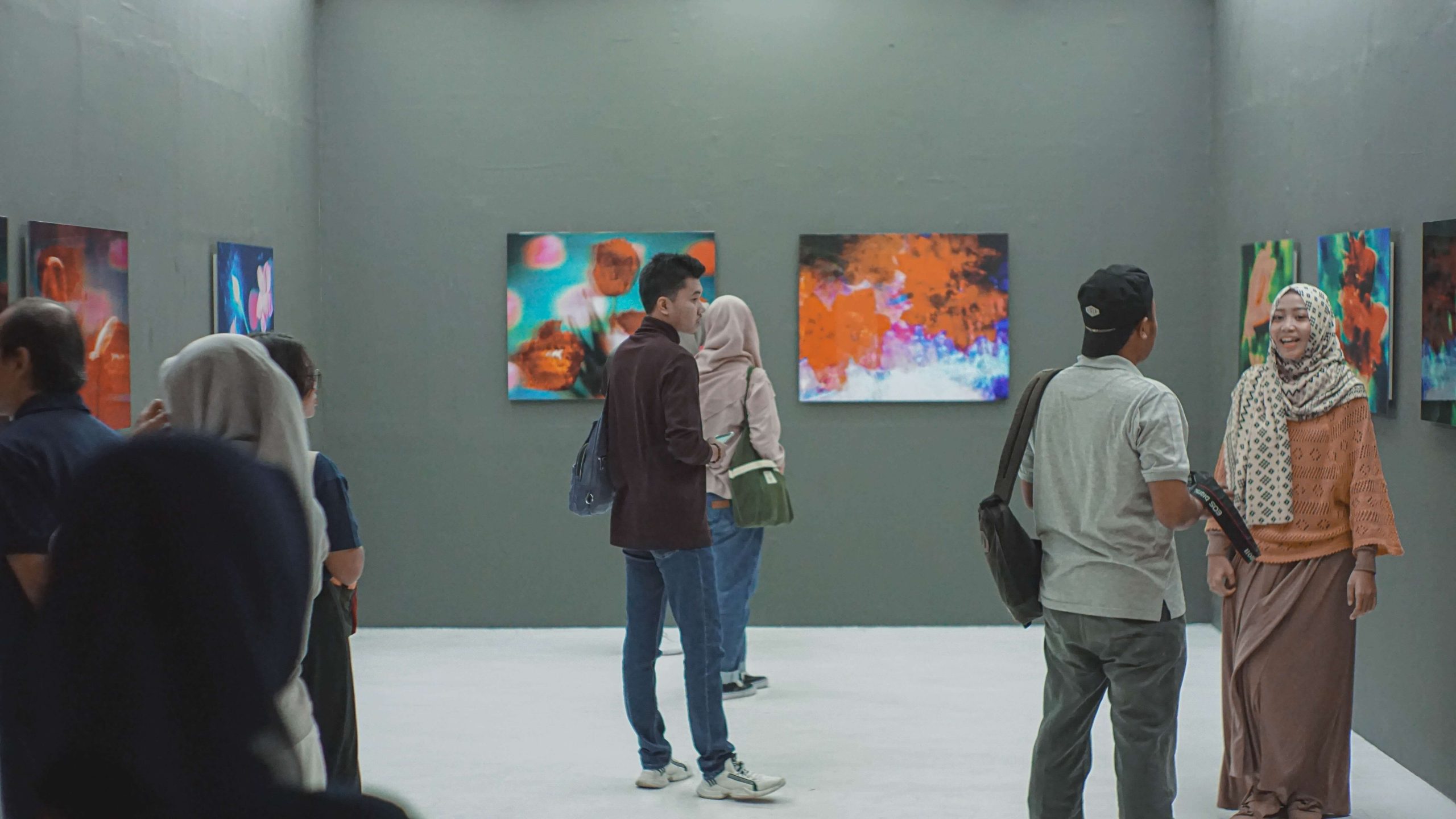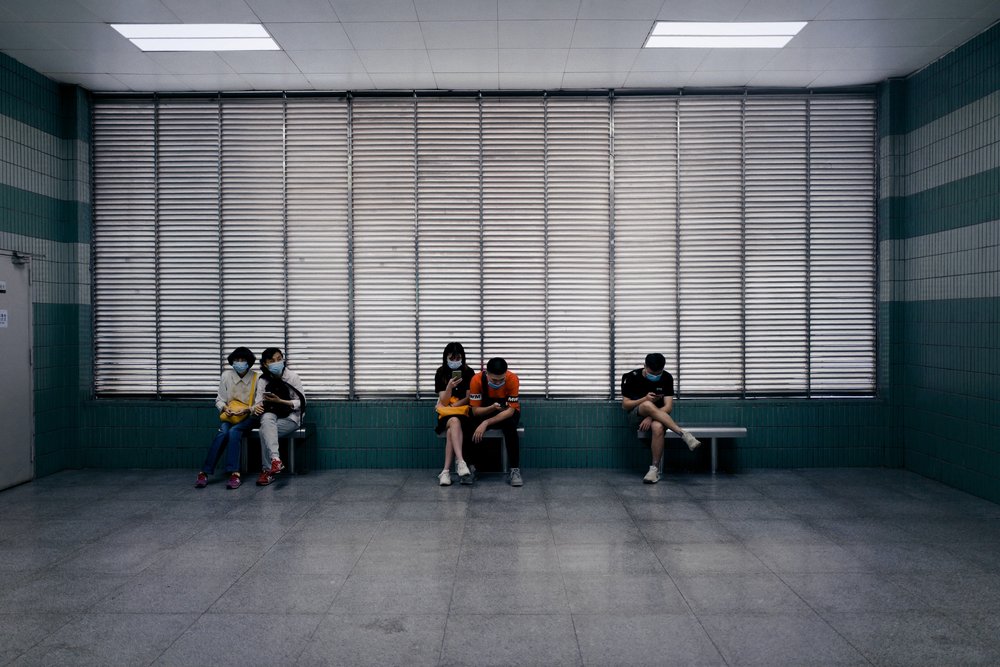Quick response codes, better known as QR codes, are everywhere. Since the COVID-19 pandemic started, QR codes have become ubiquitous worldwide, helping to facilitate safe and convenient interactions between businesses and consumers. Blue Bite, a firm that develops customer engagement tools, reported a 96% growth in QR code reach from 2018 to 2020.
QR codes facilitate cashless payments through apps such as FavePay, DBS Paylah, Google Pay and GrabPay, so cash doesn’t have to change hands. Cashless payments have been so successful that a survey by McKinsey & Company noted that 80% of the increase in the user base of digital payments was registered at the peak of the pandemic.
While the data is less readily available for cases where QR codes are used as a marketing strategy, experts have forecasted that QR code use will increase. Consumers expect to use QR codes in their interactions with your brand now; they will continue to expect so in the future. It’s thus important to make an impact with QR codes as part of your brand experience strategy.
Here are 4 use cases for QR codes that you can easily adopt to boost your brand experience and engage more customers.
#1: ESSENTIAL BUSINESS PROCESSES
As the pandemic has taught us, QR codes are useful for facilitating essential business processes in a safe and contactless way. Take the restaurant industry, for example. During the pandemic, the industry had to do away with paper menus to prevent the spread of COVID-19. Some restaurants even implemented web apps, accessed via QR codes, that diners could use to order and pay for their food.
Additionally, the use of QR codes also helps F&B operators overcome the challenges that come with chronic manpower shortage. When diners order and pay via QR codes instead of waiting to be served, they experience faster and better service. Restaurant staff can focus on other tasks such as delivering food to diners promptly and engaging with customers more deeply. The result is delighted diners who have enjoyed a better dining experience.
In Singapore, QR codes also allow contact tracing with the TraceTogether app during the pandemic. Each venue – be it a shopping mall, clinic or even someone’s home – can generate a TraceTogether QR code. Visitors will then have to use their TraceTogether app to scan the venue’s QR code to check in.
Such contact tracing allows the health authorities to notify any close contacts of individuals who tested positive for COVID-19. Clearly, in the case of TraceTogether, QR codes are essential to the efforts to protect public health in Singapore. And undoubtedly, this has contributed to Singapore’s reputation as an efficient and safe nation that takes infectious diseases prevention seriously.
#2: AUTHENTICATION OF BRANDED GOODS
In our hyper-consumerist society, it’s not uncommon to see people buying branded goods for various reasons, one of which is that owning a luxury item can boost self-esteem. Those who shop sustainably or who cannot afford to buy branded products fresh off the shelves are rapidly turning to the secondhand luxury market to satisfy their desires to own something exclusive.
However, the secondhand market entails many issues with authentication because the lay person usually does not know how to spot counterfeit items. Even experienced luxury resellers like The RealReal have been guilty of listing counterfeit goods for sale!
Here’s where QR codes can come in to save the day.
Ralph Lauren first introduced its QR-based tracking system in 2019, which aimed to tackle the rise of counterfeit goods and other supply chain problems. By scanning the QR codes on Polo products, consumers can access authenticity information, product details and even receive styling tips!
While brands are working against quick-witted fraudsters who may find ways to circumvent this technology, using QR codes in authentication nonetheless adds a layer of protection for the consumer and the brand, as brands may include unique information that fraudsters are unable to access.
Some brands have even incorporated blockchain into their QR authentication strategy. In 2019, New Balance ran a pilot initiative on a limited-edition series of basketball shoes, the OMN1S. Consumers would scan a QR code with the New Balance app and register their ownership of the shoes by keying in the unique product code on the brand’s blockchain platform. This allowed current and new owners of the shoes to track their ownership and authenticity on the blockchain ledger.
Brands like New Balance and Ralph Lauren go the extra mile in the authentication process, assuring consumers, even secondhand buyers who don’t contribute directly to their sales, that they care. This solidifies their image of being trustworthy and exclusive.
#3 DIGITAL NAME CARDS
Yes, you read that right: QR codes can replace physical name cards entirely, functioning as digital name cards that can be stored and shared conveniently. We know this because we’ve tried it ourselves!

All you need to do is scan the QR code above to be directed to a webpage with CS’s contact details, which you can save directly into your phone with the touch of a button. It’s that simple.
Digital name cards are eco-friendly alternatives to traditional, hard-copy name cards. You no longer need to waste copious amounts of paper printing hundreds of name cards for your staff. Gone are the days of forgetting your name cards for meetings or fussing over poor printing quality. Just flash the QR code you’ve saved in your phone gallery – perhaps favourite it for easy access – and you’re on your way to your next business connection, while projecting a progressive image of being sustainable and tech savvy.
#4 EXPERIENTIAL ENGAGEMENT
Not many would associate the term “experiential” with QR codes, as the term implies deep and thorough engagement with a brand’s target audience that captivates all five senses. However, this way of thinking does a huge disservice to the potential of QR codes. Just look at these examples of brands using QR codes in their experiential engagement:
For those who still watch TV, ads can be a bore or white noise that plays in the background while we wait for the show to resume. Volkswagen Sydney decided to capitalise on the ad break to market its new Golf GTI, hijacking its 30-second commercial slot to flash a QR code that, when scanned, led users to an in-browser racing game that allowed them to compete with others in real time. Volkswagen organised several runs of their “Golf Ad Break Championship” where players could stand a chance to win the Golf GTI car. The outcome? This campaign saw over 70,000 plays and a 55% increase in Golf sales during the active campaign period. Evidently, consumers were won over by the Volkswagen’s ingenuity in using QR codes to introduce a fun game and competition that injected something fresh into their regular TV-watching routines.
On that note, what about TV shows? Great TV shows are recognised for having highly engaging storylines and impressive filmography. One could be forgiven for thinking that great shows market themselves. However, Disney+ Singapore found a way to generate even more hype for Loki, a Marvel TV series centred on the titular character who already has a huge fan base. With its Where in Time is Loki? contest, Disney+ got viewers to trawl through every single Loki-related social media post for hidden QR codes to “find” Loki. This gave fans the experience of travelling through different timelines (an entire history of social media posts) and universes (different social media platforms) as some of the characters in the show do. The first 30 fans to scan the right QR codes could win exclusive Loki premiums that couldn’t be found in stores.
The activation was novel, presenting Disney+ as a brand that thinks out of the box when it comes to its campaigns. While it was meant to be a Singapore-based activation, the campaign saw fans from Spain, Columbia and South Korea taking part as well! It also saw an increase in followers across social media channels, further enhancing an already massive fan following. Who knew a straightforward, QR code-based idea initiated in Singapore would go viral globally?

Meet NCID’s Executive Director right on your mobile phone
This QR code use case also extends to the physical world. In The NCID Gallery, situated in the National Centre for Infectious Diseases (NCID) and launched last September, HOL used QR codes to provide visitors with an enhanced gallery experience that abided by NCID’s no-touch requirement, which were in place to prevent disease transmission.
By scanning QR codes, visitors could view augmented reality (AR) activations on their mobile phones, such as the one pictured above. They could also explore 3D models of the NCID building and some viruses, as well as interact with a historical figure, through AR.
These QR code activations brought much joy to the frontline workers, who needed a morale booster amid the global pandemic. And while traditional galleries generally require tactile elements to keep visitors engaged, the use of QR codes in The NCID Gallery to showcase AR elements performed the job just as well, if not even better, while fulfilling NCID’s no-touch requirement.
FINAL THOUGHTS
These are but four of the myriad ways you can use QR codes in your brand experience. Your customers have developed the habit of scanning them over the past few years and expect to use them in their interactions with your brand. Therefore, it makes good marketing sense to weave them into your marketing initiatives.
As with every tool, it is crucial to use QR codes strategically, as the brands above have done, to truly maximise their potential and allow your brand to stand out from the rest. Wondering how you can do that? Get in touch with us at info@hol.sg to find out!




